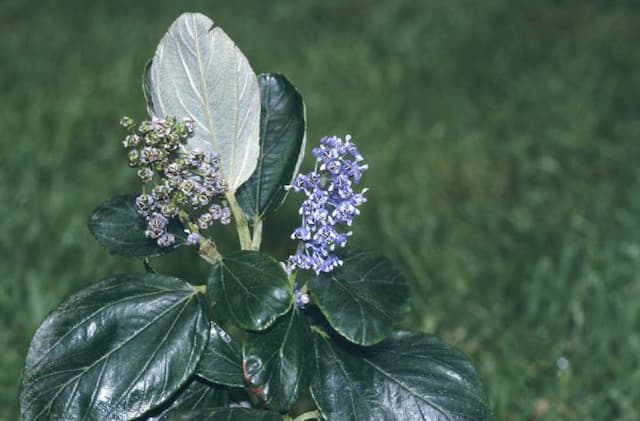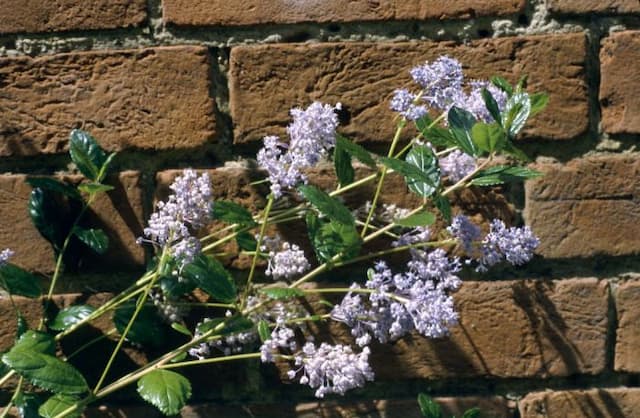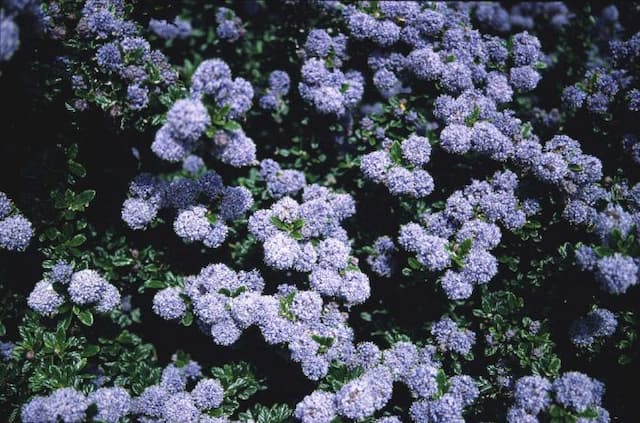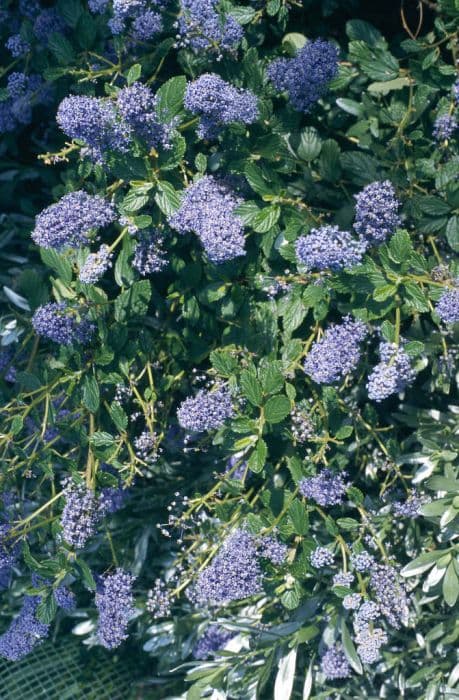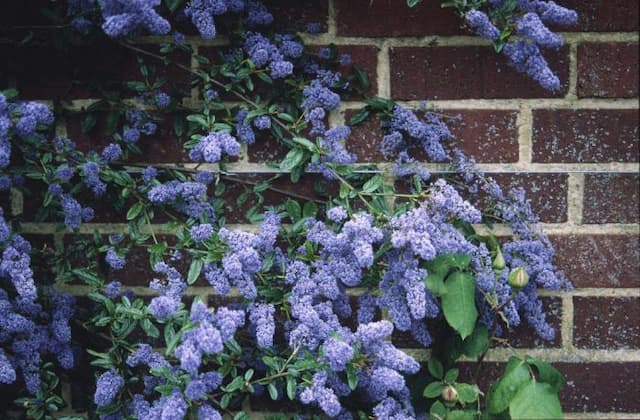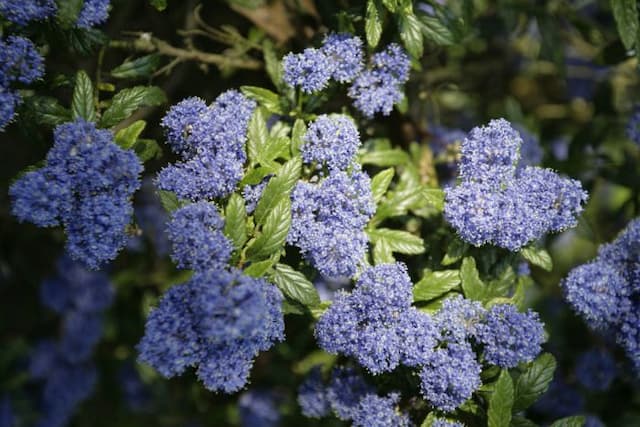Alder Buckthorn Frangula alnus 'Ron Williams'
ABOUT
Frangula alnus 'Ron Williams', commonly known as Alder Buckthorn 'Fine Line', is an ornamental shrub characterized by its unique and attractive appearance. The plant is noted for its narrow, columnar growth habit, presenting a stylish and contemporary silhouette. The foliage of 'Fine Line' is particularly noteworthy; it consists of slender, green leaves that are finely textured and dense, contributing to a feathery, delicate visual effect. These leaves emerge as a light green in spring and mature to a darker shade as the seasons progress. In autumn, the leaves transform into a spectrum of yellow hues before they shed, creating a vibrant display. Additionally, the Alder Buckthorn 'Fine Line' produces small, inconspicuous flowers in late spring to early summer. These flowers are creamy white, adding a subtle contrast against the green foliage. Furthermore, the plant may bear fruit that appears initially as a red berry before turning to a dark, almost black color upon maturity. Although the fruit is not a significant ornamental feature, it can add interest and attract wildlife to the garden. The stems and branches of 'Fine Line' form a vertical pattern that is both eye-catching and elegant, which, combined with its fine foliage, makes it a popular choice among gardeners looking to add architectural interest to their landscape without consuming too much space.
About this plant
 Names
NamesFamily
Rhamnaceae.
Synonyms
Alder Buckthorn, Glossy Buckthorn, Fen Buckthorn, Breaking Buckthorn, Black Dogwood.
Common names
Rhamnus frangula, Frangula alnus Mill., Frangula frangula (L.) H.Karst., Rhamnus frangula var. columnaris Rehder.
 Toxicity
ToxicityTo humans
The plant commonly known as Alder Buckthorn is not considered highly toxic to humans, but it can cause adverse effects if parts of the plant are ingested. The berries, in particular, have a mild laxative effect and can lead to gastrointestinal disturbances if consumed in large quantities. This may include symptoms such as diarrhea and abdominal cramps. It is generally advised to avoid consuming any part of the Alder Buckthorn plant.
To pets
Similarly to humans, Alder Buckthorn is not considered highly toxic to pets. However, consumption of parts of the plant, especially the berries, can lead to mild gastrointestinal upset in pets, which may manifest as diarrhea, vomiting, and abdominal discomfort. While it might not be lethal, it is still recommended to keep pets away from the Alder Buckthorn to prevent any digestive issues.
 Characteristics
CharacteristicsLife cycle
Perennials
Foliage type
Deciduous
Color of leaves
Green
Flower color
Varies
Height
15 feet (4.5 meters)
Spread
15 feet (4.5 meters)
Plant type
Shrub
Hardiness zones
3
Native area
Europe
Benefits
 General Benefits
General Benefits- Wildlife Habitat: Provides food and shelter for birds and other wildlife.
- Erosion Control: Helps to stabilize soil and prevent erosion with its root system.
- Landscape Ornamentation: Adds visual interest to landscapes with its glossy leaves and dark berries.
- Adaptability: Thrives in a variety of soil conditions and tolerates partial shade.
- Low Maintenance: Requires minimal care once established, making it suitable for low-maintenance gardens.
- Seasonal Interest: Offers seasonal beauty with its spring flowers and autumn berry display.
- Native Planting: Because it's a native species in certain regions, it supports local ecosystems.
 Medical Properties
Medical Properties- Laxative: Frangula alnus, commonly known as alder buckthorn, has bark that contains compounds such as anthraquinones, which have a laxative effect.
- Gallbladder stimulation: The plant is traditionally used to stimulate gallbladder function and bile production.
- Antimicrobial: There is some evidence that compounds in alder buckthorn may have antimicrobial properties, although this use is not widely recognized.
- Anti-inflammatory: Alder buckthorn may possess anti-inflammatory properties due to the presence of certain compounds in the bark.
 Air-purifying Qualities
Air-purifying QualitiesThis plant is not specifically known for air purifying qualities.
 Other Uses
Other Uses- Woodworking: The hard and dense wood of the Alder Buckthorn can be used for small woodworking projects like turning, carving, or for making tool handles due to its fine grain and workability.
- Natural Dyes: The bark of Alder Buckthorn has been traditionally used to produce a yellow-green dye for textiles.
- Ink Production: Alder Buckthorn's bark can be used to make a type of black ink that was historically used for writing and drawing.
- Charcoal: The dense wood of the Alder Buckthorn can be converted into a high-grade charcoal, which is suitable for artists' pencils and gunpowder.
- Hedging: Although not its primary use, Alder Buckthorn can serve as hedging in gardens due to its dense foliage and greenery.
- Supporting Wildlife: The berries are a source of food for birds, making it a useful plant for encouraging avian biodiversity in a garden setting.
- Landscape Restoration: Alder Buckthorn can be planted as part of rewilding efforts to restore native plant communities and provide habitats for wildlife.
- Erosion Control: Its extensive root system can help stabilize the soil, thus preventing erosion on banks and slopes.
- Photography: The tannins in the bark can serve as a mordant in the alternative photography process, aiding in the creation of plant-based photographs.
- Companion Planting: Alder Buckthorn may serve as a companion plant in gardens, attracting pollinators and beneficial insects with its flowers.
Interesting Facts
 Feng Shui
Feng ShuiThe Alder Buckthorn is not used in Feng Shui practice.
 Zodiac Sign Compitability
Zodiac Sign CompitabilityThe Alder Buckthorn is not used in astrology practice.
 Plant Symbolism
Plant Symbolism- Protection: Frangula alnus, commonly known as Alder Buckthorn, has been historically used in hedgerows and boundaries, symbolizing a natural barrier that offers protection to an area.
- Purification: The bark of the Alder Buckthorn has been used as a laxative, which symbolizes cleansing and purification of the body from toxins.
- Transformation: The Alder Buckthorn's ability to change the chemical composition of its surrounding soil represents transformation and adaptability in various conditions.
- Guidance: Due to its use in making charcoal for gunpowder, Alder Buckthorn can symbolize guidance and direction, as gunpowder was an agent of propulsion in early firearms.
 Water
WaterThe Alder Buckthorn should be watered deeply to ensure moisture reaches the roots, generally requiring about 1 to 1.5 gallons of water per week, depending on rainfall and soil conditions. Overhead watering is not recommended; instead, water at the base of the plant to minimize the risk of leaf diseases. During the first growing season, it's crucial to maintain consistent moisture to establish a strong root system, so water may be required two times per week. Reduce the frequency as the plant becomes established but provide extra water during dry spells. Avoid overwatering, as the Alder Buckthorn does not tolerate soggy soil.
 Light
LightThe Alder Buckthorn prefers partial to full sun conditions. It grows best with at least four hours of direct sunlight each day, but it can also tolerate light shaded areas. The ideal spot for this plant would have morning sunlight and some afternoon shade, especially in areas with hot summers.
 Temperature
TemperatureThe Alder Buckthorn thrives in temperatures between 50°F and 80°F and can withstand winter temperatures down to -30°F. It is important to prevent prolonged exposure to temperatures above 90°F as it can stress the plant. The Alder Buckthorn is a hardy species and is suitable for growing in USDA hardiness zones 3 through 7.
 Pruning
PruningPruning the Alder Buckthorn is primarily for shaping and removing any damaged or diseased branches. It's best to prune in late winter to early spring before new growth begins. Prune sparingly, as this plant typically maintains a good shape naturally, but remove any crossed or rubbing branches to promote healthy growth. Annual pruning will suffice unless additional shaping is required to maintain its form.
 Cleaning
CleaningAs needed
 Soil
SoilAlder buckthorn 'Ron Williams' performs best in a soil mix that's well-draining with a mix of loam, sand, and a small amount of compost. The ideal soil pH for this plant ranges from slightly acidic to neutral, approximately between 5.5 to 7.5.
 Repotting
RepottingAlder buckthorn 'Ron Williams' generally does not need frequent repotting; it can be repotted every 2-3 years as it is relatively slow-growing. It is best to repot in the spring before new growth begins.
 Humidity & Misting
Humidity & MistingAlder buckthorn 'Ron Williams' is adaptable to a wide range of humidity conditions and does well in average environmental humidity levels without needing any special considerations.
 Suitable locations
Suitable locationsIndoor
Provide bright, indirect light and well-draining soil mix.
Outdoor
Plant in partial shade to full sun and water regularly.
Hardiness zone
3-7 USDA
 Life cycle
Life cycleThe Alder Buckthorn 'Ron Williams' begins its life as a seed, which after dispersal typically germinates in spring under the right moisture and temperature conditions. The seedling stage follows, where the plant establishes its root system and begins to produce its first leaves. As the plant enters the vegetative stage, it produces more leaves and stems, growing steadily in height and width while maturing into a shrub. Flowering occurs in late spring to early summer, with small, inconspicuous flowers that are pollinated by insects, leading to the production of berries. The berries mature by late summer to autumn, turning red and eventually black when ripe, which are then eaten by birds and other animals, aiding in seed dispersal. Lastly, the plant enters a period of dormancy during the winter months, reducing its metabolic activity until the next growing season begins.
 Propogation
PropogationPropogation time
Spring-Early Summer
The Frangula alnus 'Fine Line', commonly known as the Alder Buckthorn 'Fine Line', is most effectively propagated by softwood cuttings during late spring or early summer. For this approach, a gardener should select healthy, new growth that has not yet become woody. Cuttings should be about 4 to 6 inches (10 to 15 cm) long with several leaves left on the top. The bottom leaves are removed, and the cut end is dipped into rooting hormone powder to encourage root development. The treated cutting is then inserted into a well-draining soil mix, ensuring that at least one or two leaf nodes (where the leaves meet the stem) are buried in the soil. The soil should be kept moist but not waterlogged, and the cutting should be placed in a warm area with indirect light. Using a plastic cover can create a greenhouse effect, maintaining high humidity around the cutting to facilitate rooting. After several weeks to a few months, the cutting should develop roots and can then be transplanted into the garden or a larger pot for further growth.
